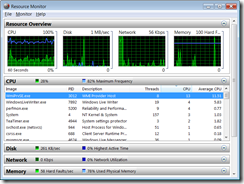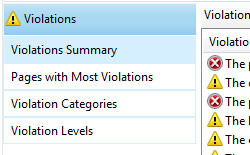I have just noticed a very annoying bug in Live Writer, thus why you have have received multiple copies of my last posts. After I had posted those last 2 articles, I noticed they both had the same images, even though they clearly didn't when I posted them. It seems that if you paste in an image from the clipboard Live Writer will name it image.png by default and the thumbnail will be image_thumb.png, it will not create a unique filename, thus will simply overwrite any existing images with the same name, thus messing up all your previous blog posts with images not to mention if you have multiple images in your current post, they will all end up as the same image.
I presume this bug must have been added to the latest release (2009) as I have not noticed it previously.
I have however found the following temporary fix on the Windows Live Writer Blog
Open HKCU\Software\Microsoft\Windows Live\Writer\Weblogs\{blog-id}\UserOptionOverrides\, where {blog-id} is a GUID. You will have several of these, but should be able to tell the right one by looking at the contents of the key.
Add a new String value with name “fileUploadNameFormat� (case matters!!) and the value e
{WindowsLiveWriter}/{PostTitle}/{Randomizer}/{AsciiFileName}
hopefully they will fix this annoying bug very soon.





Recent Comments